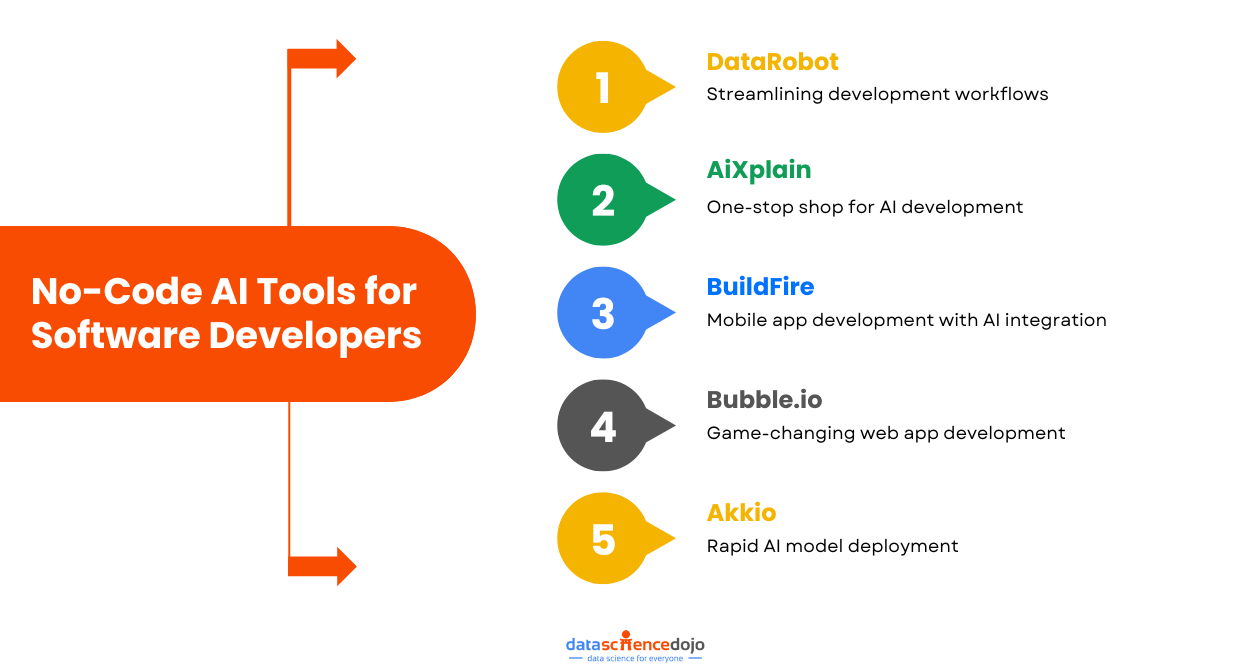Artificial intelligence (AI) is driving technological development in the modern world, leading to automation, improved content generation, enhanced user experience, and much more. Using AI tools that range from complex programs used by data scientists to user-friendly apps for everyday tasks, AI is transforming the way we work.
In 2019, the no-code market was valued at $10.3 billion, and it’s expected to skyrocket to $187 billion by 2030. Be it healthcare, finance, media, or any other industry, each sector uses the intelligence of AI tools to create innovative and more efficient solutions.
Understand the Top 18 work-related AI tools
Within this diversity of AI applications in different fields, we will particularly explore the area of software development. In this blog, we will learn more about the no-code AI tools that focus on enhancing the work of software developers.
Before we navigate through the different tools in the market, let’s understand the basics of no-code AI tools.
What are No-Code AI Tools?
As the name suggests, these platforms enable you to build AI-powered applications without the use of any coding. They empower people without any programming knowledge or understanding to develop AI platforms easily.
Before the introduction of no-code tools, organizations had to rely on technical web developers with relevant software development and programming knowledge to build AI applications. These tools have revolutionized the AI landscape, making it more accessible to non-technical users.
Reasons for the Popularity of No-Code Tools
No-code tools have played a vital role in the growing innovation powered by AI. The main reasons for their increasing popularity include:
Faster development and deployment
With features like drag-and-drop and pre-built components, no-code tools speed up the development process. Since these tools do not require proper extensive coding to build applications, the process is easier to manage as well.
Enterprises can use these platforms to create and deploy quick solutions, reducing their time to enter the market significantly. The faster processes at the backend also lead to greater experimentation and iterations within the development process, leading to more innovation.
Reduction in costs
These tools reduce the need for experienced data scientists and engineers to develop applications. They empower businesses to implement AI solutions without bearing the cost of hiring a complete development team, leading to a major cut-down in financial expenses.
Increased accessibility
Without the need for expertise in coding and programming, no-code AI tools enable non-technical users to develop AI-powered applications. The user-friendly interfaces allow enterprises and individuals to leverage AI for their use, regardless of their technical background.
It ensures greater accessibility of AI and its innovation for businesses and individuals. It particularly benefits startups that are just starting off their business and are constrained by finances and expert personnel. Thus, no-code AI tools are crucial to ensure greater accessibility.
Improved scalability and maintenance
No-code platforms are designed to ensure easy maintenance of the development process. It reduces the extra complexity of maintaining AI applications and also promotes scalability. A variety of features of these tools lead to better adaptability, making expansion easier for enterprises.
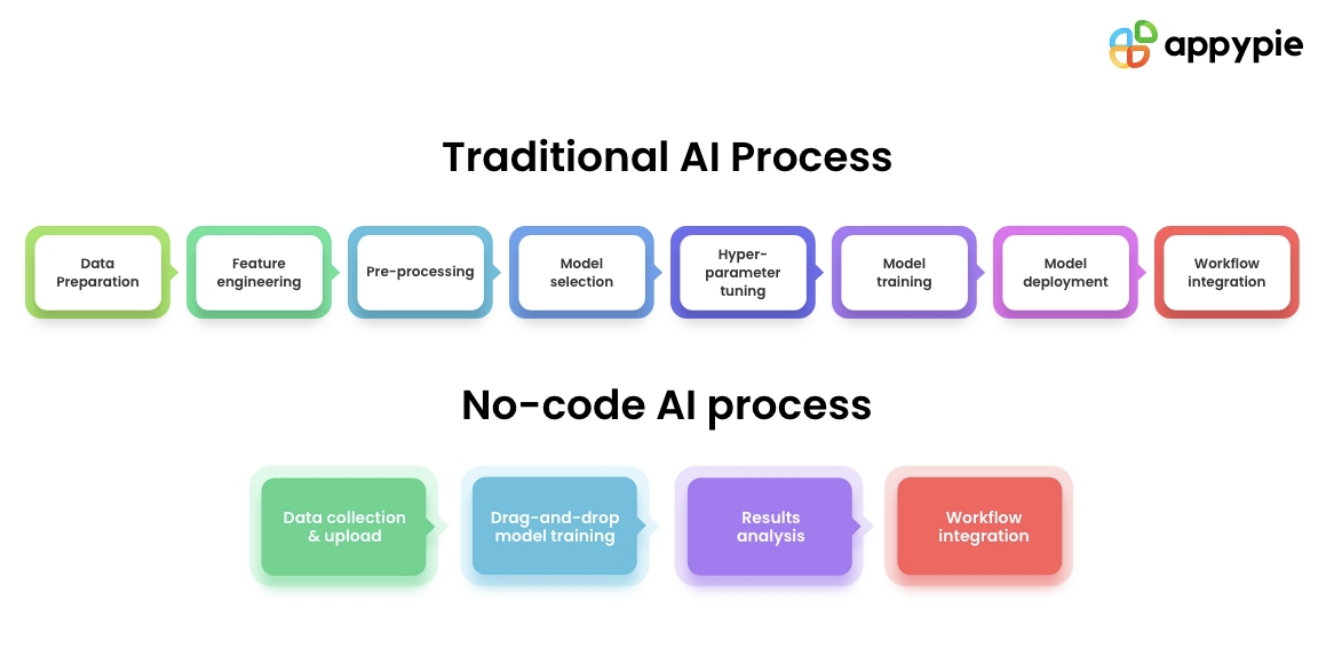
Key Features of No-Code AI Tools
Some of the most prominent features of no-code AI tools are as follows.
Drag-and-drop interface
It enables users to drag relevant components and drop them into required places when building their AI applications. It not only eliminates the coding requirement in the development process but also makes it more user-friendly. It is one of the foremost reasons to make no-code tools easy to use.
Data connections
A good no-code platform goes beyond visual assistance in the development process, it also assists in data management. Some platforms offer pre-configured databases and server-side software to easily connect with the database. It enhances the platform’s processing capabilities and assists in efficiently completing business workflows.
Pre-built templates and integrations
To avoid coding, no-code AI tools come with pre-built components and templates. These primarily deal with tasks like chatbots, image recognition, or data analysis. Moreover, they offer multiple integrations to connect your data with other software without manual work. Commonly the API integrations link to web applications like WhatsApp, Google Maps, Slack, and more.
Explore these 10 data visualization tips to improve your content strategy
Visual modeling and user interface builder
In a no-code environment, all components are already created and visually present. So when you begin developing your application, you can actually see the structure you are creating. You are expected to only drag, drop, and arrange the components.
It actually leads to the idea of WYSIWYG Editors (What You See Is What You Get). These allow you to view the outlook of an application you are developing, ensuring enhanced user experience and creating more efficient designs of your final product.
AI and ML automation
Since data is a crucial part of modern-day applications, using no-code AI tools is useful to appropriately manage and analyze information. The integration of AI and ML functionalities into these no-code tools supports the automation of processes and offers improved data analytics. This also empowers your platform to share predictive analysis.
The discussion so far elaborates on the many facets of no-code AI tools. Let’s dig deeper into the platforms that make the lives of software developers easier.
Best No-Code AI Tools for Software Developers
Software development is a complex process. The traditional approach demands skilled personnel, time, and financial input to reap the desired results. However, the advent of no-code tools has led to a faster and more efficient development process.

Let’s explore some no-code AI tools available in the market today and their specialized role in making your life as a software developer easier.
One-Stop Shop for AI Development – aiXplain
Pronounced as ‘AI explain’, it is a no-code AI tool that provides a platform to develop AI-powered applications from start to end. With a user-friendly interface and drag-and-drop features, the tool allows people with no coding background to create complete AI pipelines for their apps.
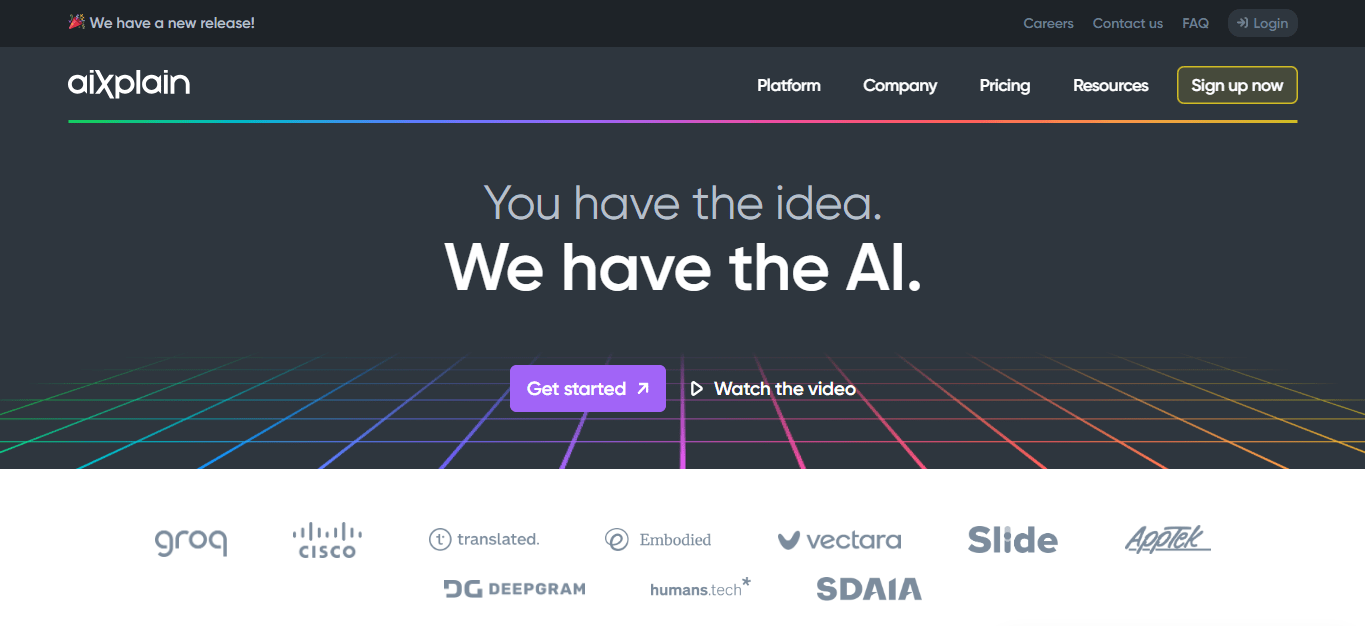
It offers a vast library of pre-built AI models to kickstart your development process. Hence, supporting faster development cycles, reduced costs, and ultimately, more people contributing to the exciting world of AI innovation.
AiXplain offers a pay-as-you-go plan to offer flexibility and personalization in your pricing plans, making sure they align with your requirements. Moreover, you can also subscribe to enterprise features to access more advanced solutions.
Streamlining Development Workflows – DataRobot
Automation and a user-friendly interface are some of the most important features of DataRobot, making it a powerful no-code AI tool for streamlining development workflows. It is useful for automating repetitive tasks, enabling users to focus on other aspects of AI development.

While the no-code quality of the platform allows for faster and easier development processes, the streamlined workflows further enhance the efficiency. It allows businesses to leverage AI solutions faster and get their projects running quicker.
DataRobot is useful for a diverse range of industries, including healthcare, fintech, education, banking, and insurance. To meet the needs of a wide range of uses in the market, they offer two different pricing plans that are available as annual subscriptions.
Read more about the 12 must-have AI tools to use daily
Mobile App Development with AI Integration – BuildFire
This no-code AI tool is specifically created to assist in mobile app development. Businesses can use BuildFire to create innovative and customized mobile applications without writing a single line of code. Its drag-and-drop features and pre-built components make it a user-friendly platform.
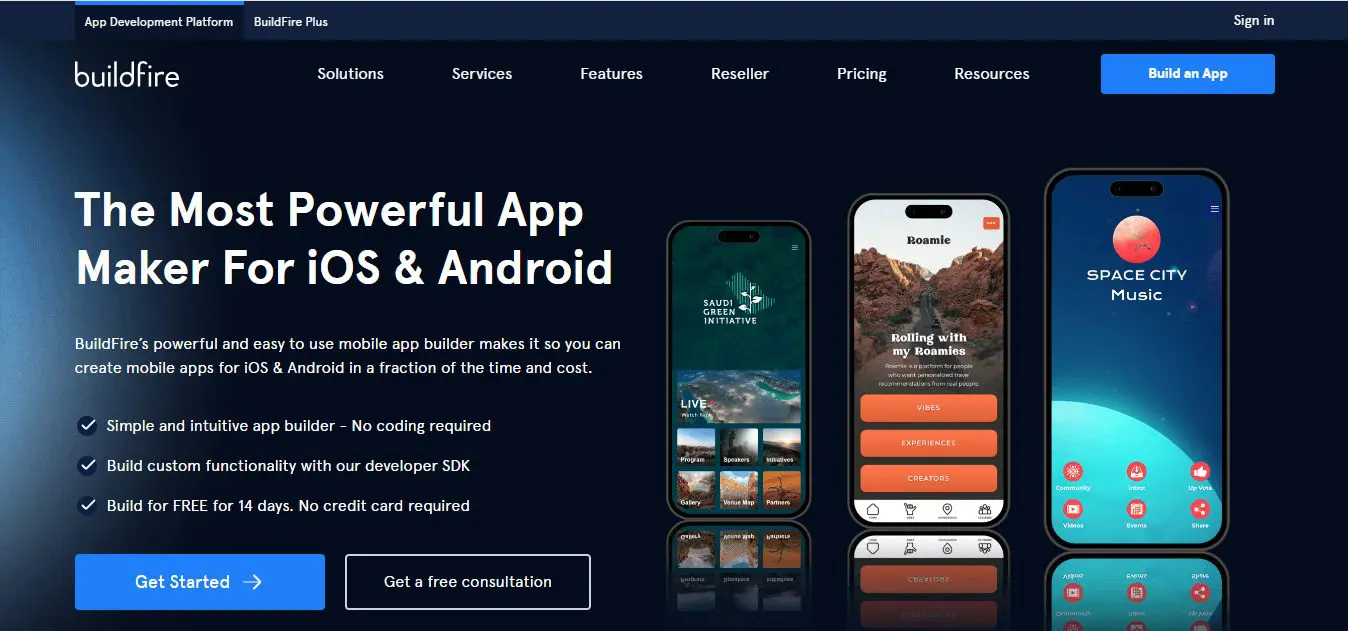
In addition to this, it simplifies the process of integrating AI features into the app development process. It enables businesses to easily leverage AI functionalities to enhance the overall user experience and create powerful mobile apps.
BuildFire offers mobile app solutions for fitness, education, content, and E-commerce applications to name a few. They offer suitable pricing plans that address the needs and financial budgets of their users.
Game-Changing Web App Development – Bubble.io
This no-code AI tool has transformed the web app development process where you can create powerful software without writing a single line of code. Its pre-made elements like buttons and menus become your building blocks, providing a user-friendly tool.

Moreover, Bubble.io is equipped to scale your needs and grow from a simple idea into a feature-rich business tool. Its extensive plugin library and community support support users to create innovative and customized applications without any hassle, empowering anyone to become a web app creator.
While it offers an initial free plan for developers to navigate and learn with limited access, the pricing plan includes several categories for you to choose from. Meanwhile, special plans are available for students, universities, and non-profits.
Rapid AI Model Deployment – Akkio
It is a high-quality no-code tool designed particularly for agencies, empowering marketing, media, and data teams. It enables them to leverage the power of ML processes to rapidly develop AI models.
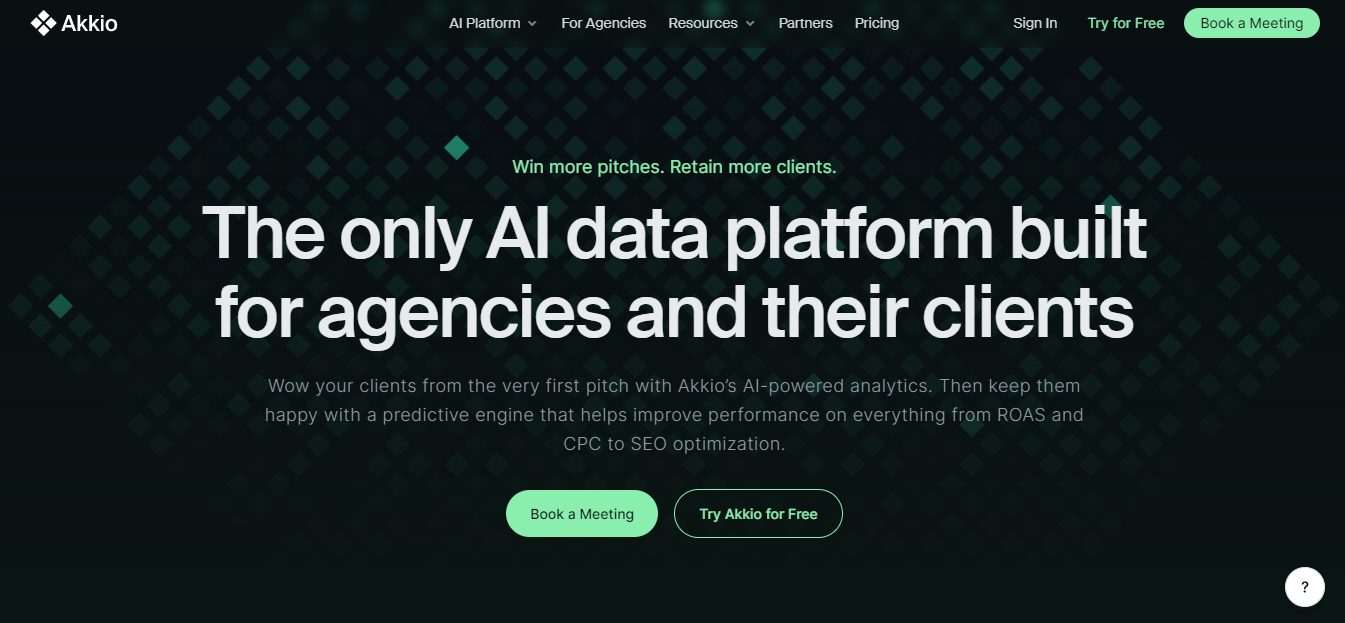
Akkio is specifically useful for creating customized AI-powered chatbots, enabling enterprises to interact with users through a bot using AI. Its unique features like Chat Explore and Chat Data Prep are designed to make data more accessible through a chat interface.
Enterprises can use Akkio to deploy AI models for improved predictive analytics, faster campaign optimization, data-driven decision-making, and improved client handling. Starting from a very basic user plan, the pricing plans expand and offer great diversity with customized enterprise plans.
Future of Software Development with No-Code AI Tools
No-code AI tools are set to revolutionize software development, offering greater freedom to develop innovative applications. Their foremost impact is the democratization of the development process where businesses do not have to build an entire team of specialists to create basic applications or integrate new AI features.
Learn how to use Custom Vision AI and Power BI to build a bird recognition app
But do remember that these tools in no way eliminate the role of an actual software developer but have transformed their job to facilitate the development process. The no-code tools relieve software developers from repetitive tasks that can be handled via AI automation, freeing them to focus on more strategic development and innovation.
With the growing adoption of no-code tools, it is safe to expect the emergence of more specialized no-code AI tools that cater to particular development tasks like data analysis or UI design. These specialized functionalities will enable developers to optimize the development processes.
Moreover, no-code AI tools also require an evolution of security practices that ensure data privacy within the platforms and mitigate potential algorithmic biases. The future of software development is likely a collaboration between human ingenuity and the power of AI, and no-code tools are paving the way for this exciting partnership.




